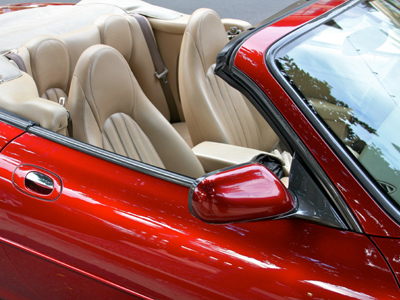
Sentence Structure
This English Language quiz is called 'Sentence Structure' and it has been written by teachers to help you if you are studying the subject at middle school. Playing educational quizzes is a fabulous way to learn if you are in the 6th, 7th or 8th grade - aged 11 to 14.
It costs only $12.50 per month to play this quiz and over 3,500 others that help you with your school work. You can subscribe on the page at Join Us
Sentences can be found in four types of structures. These structures include: (1) the simple sentence structure, (2) the compound sentence structure, (3) the complex sentence structure and (4) the compound-complex sentence structure.
The simple sentence is made up of three basic parts that include a subject (or clause), a verb and an object.
Example: Katherine bought a ticket.
“Katherine” is the subject of the sentence while “bought” is the verb. Finally, the “ticket” is the object.
The compound sentence is when you have two or more independent subjects (or clauses) that are usually joined or linked by a conjunction.
Example: Daddy played golf while Mommy played cards.
“Daddy” and “Mommy” are two independent subjects and they are linked by the conjunction “while”. You will also note that “Daddy played golf” and “Mommy played cards” can each stand on their own as simple sentence structures.
The complex sentence is when you link an independent clause with a dependent clause. An independent clause is the part of a sentence that could stand alone as a complete sentence. A dependant clause is the part of the sentence that if used alone, would not be a complete sentence.
Example: Tracy sat down when a seat opened.
Let’s break this sentence down. “Tracy sat down” is an independent clause because if removed from the complete sentence above, it would remain a sentence itself, i.e., “Tracy sat down.” On the other hand, “when a seat opened” is a dependent clause. When removed from the complete sentence above, it cannot stand on its own as an independent, complete sentence. This makes this part of the sentence dependent upon “Tracy sat down”.
The compound-complex sentence is a combination of the compound sentence having two or more independent subjects (or clauses) and the complex sentence where you have at least one independent clause and one dependent clause.
Example: Jackson went to the store and bought a loaf of bread but his grandmother had asked him to pick up some milk which he forgot.
“Jackson” and “his grandmother” are two independent subjects and they are linked by the conjunction “but”. “Jackson went to the store and bought a loaf of bread but his grandmother had asked him to pick up some milk” is an independent clause. It can stand alone as a complete sentence. However, “which he forgot” is the part of the sentence that cannot stand alone as a complete sentence. It is dependent upon “Jackson went to the store and bought a loaf of bread but his grandmother had asked him to pick up some milk.” So, in this sentence we then have all of the elements to make this a compound-complex sentence.
Sally found a dress to wear at the wedding that matched her shoes.
My parents bought a new car.
Janelle has six siblings.
My father mowed the lawn but Uncle Phil just wanted to sleep.
The Atlantic is an Ocean while the Hudson is a river.
David plays the saxophone and Daniel plays the drum.
Boston is in Massachusetts.
Junk food can cause you to gain a lot of weight when eaten.
Mark climbed all the way up the rock wall but I’ll never get that far for pity sake.
The Principal suspended him for three days and his parents grounded him for a week for his cheating.
Ready for more?
not all...
quizzers. Try to win a coveted spot on our Hall of Fame Page.







